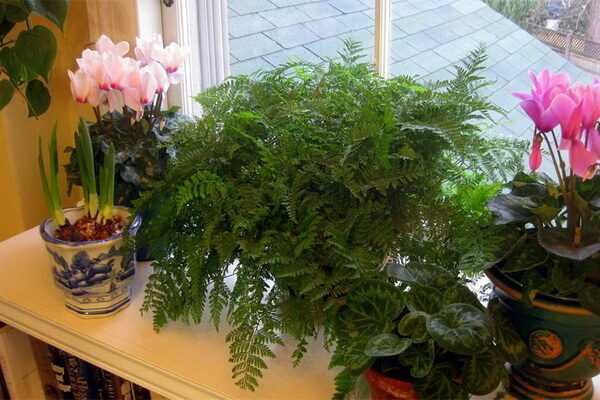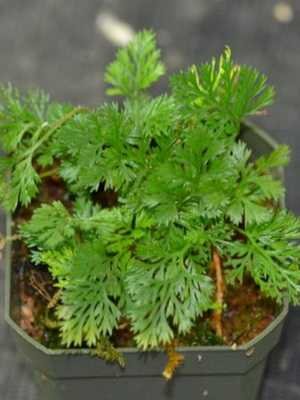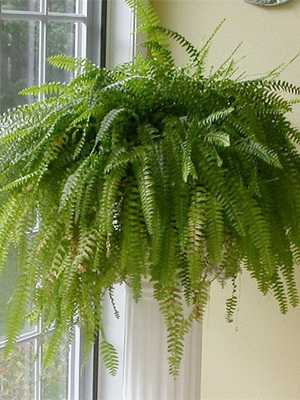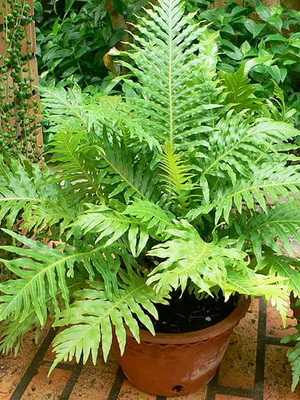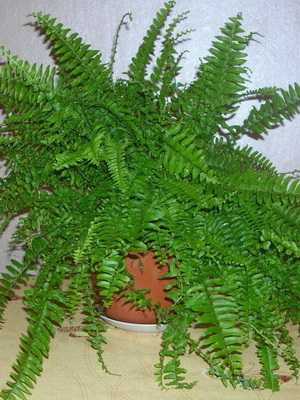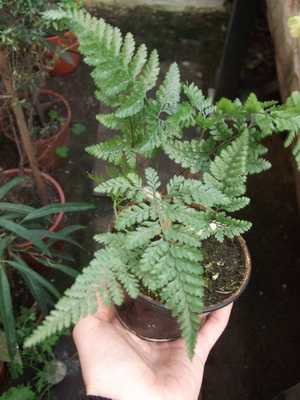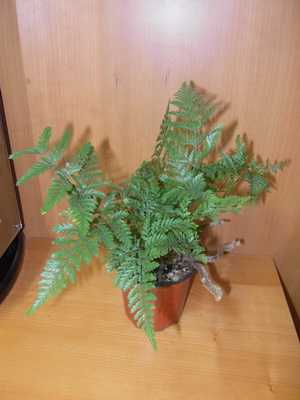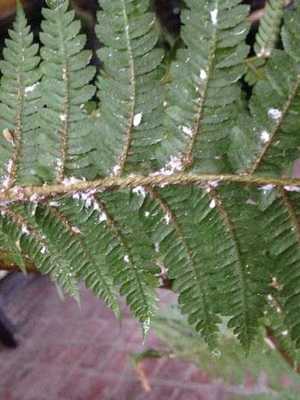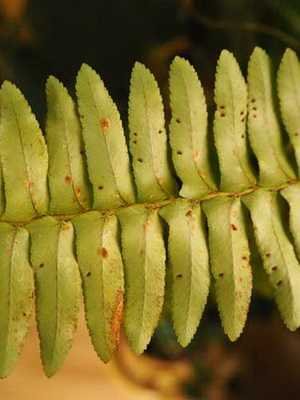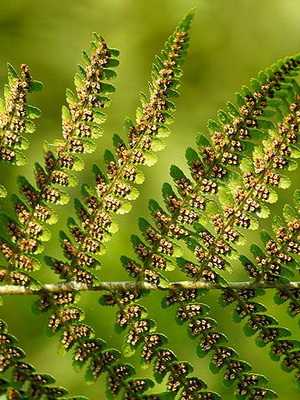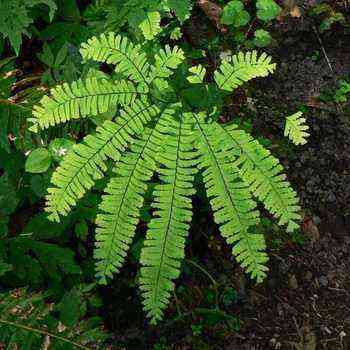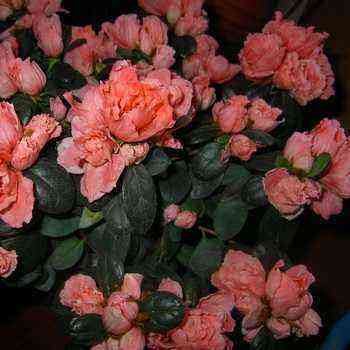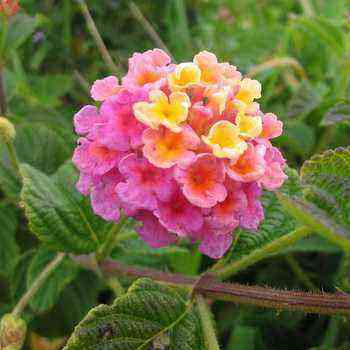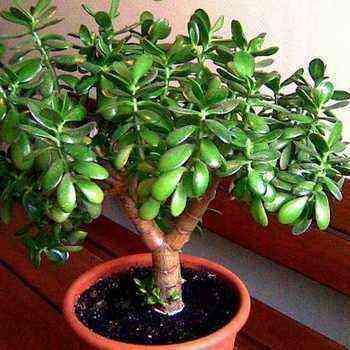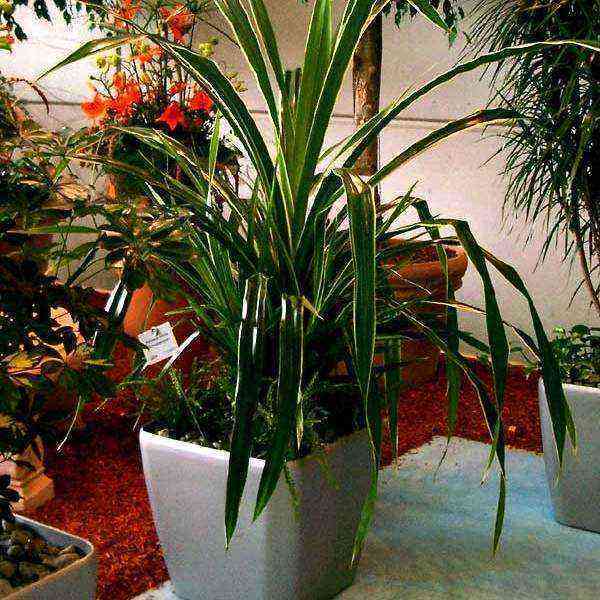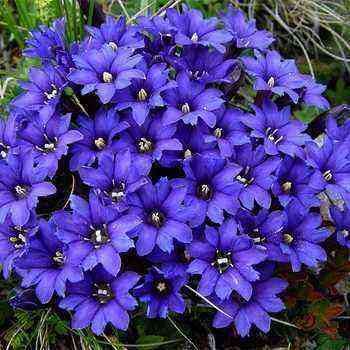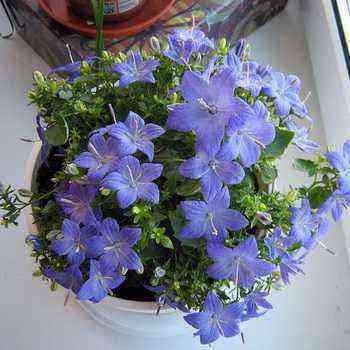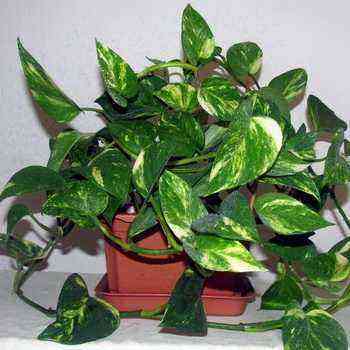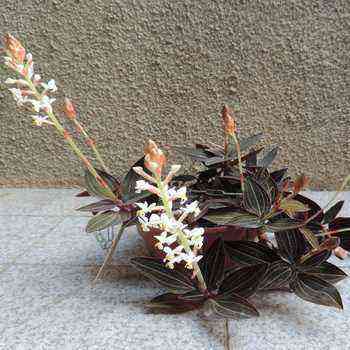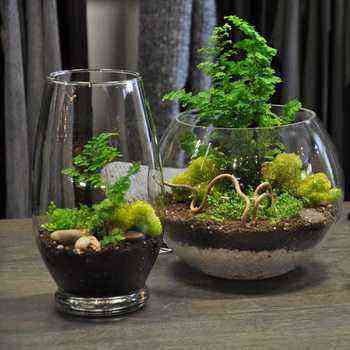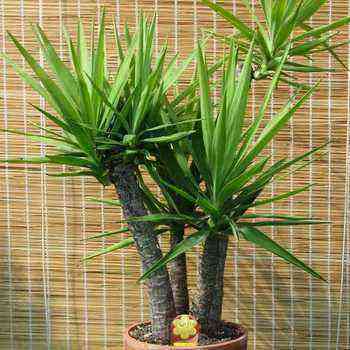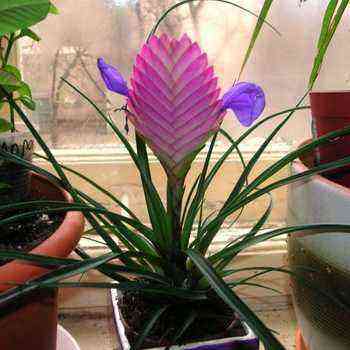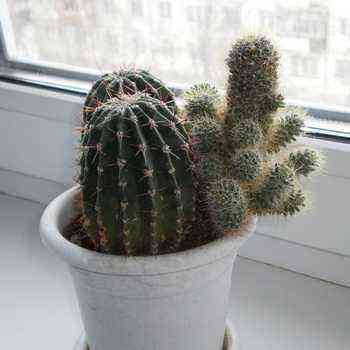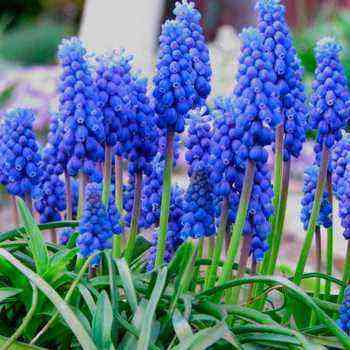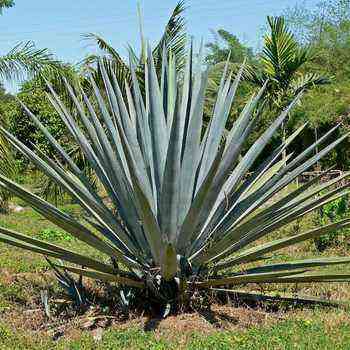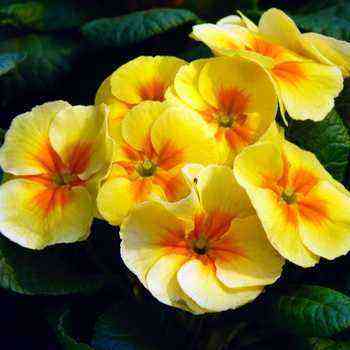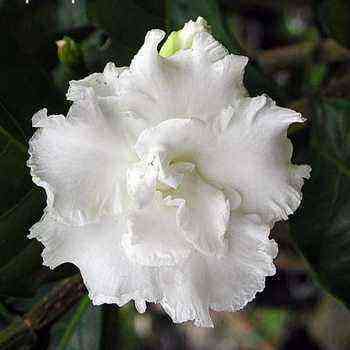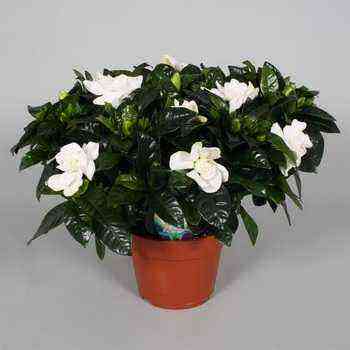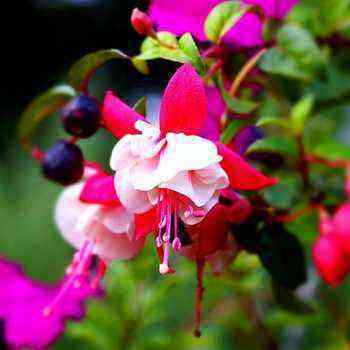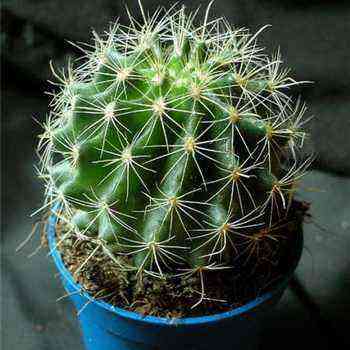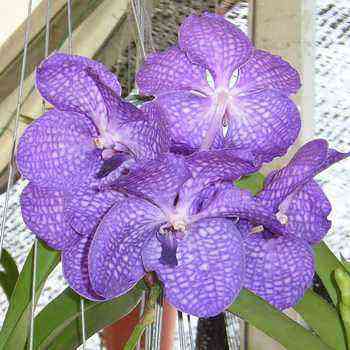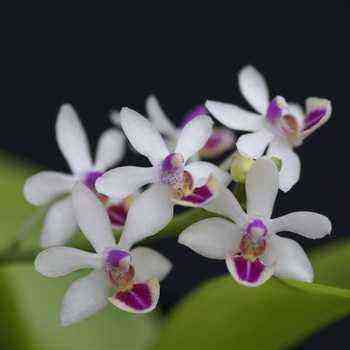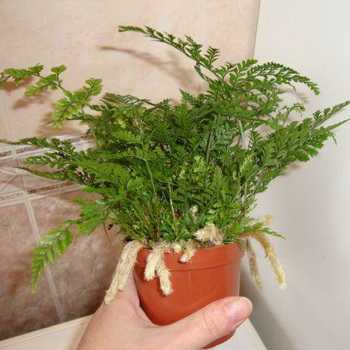
Types of davallia
More than 50 species of ferns of the Davalliev family are known. For growing as an ornamental plant, only some of them are used.
The following types of davallia are popular:
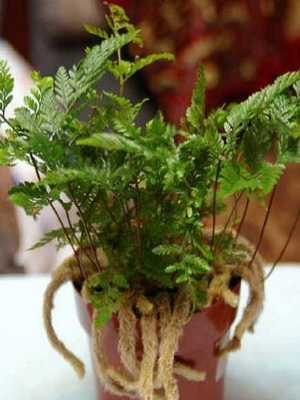
Davallia Canary (D. canariensis).

Davallia dense (D. solida).
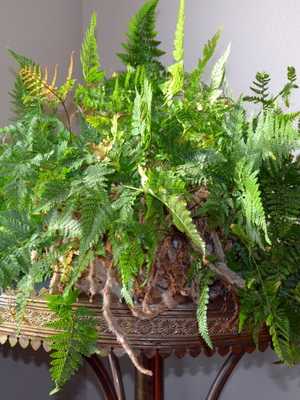
Bladder Davallia (D. bullata).
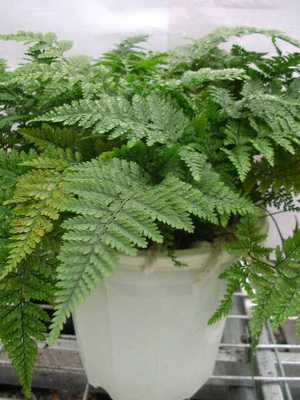
Davallia dissected (D. Dissecta).
Davallia Canary – indoor flower, which is appreciated for the pubescent ground rhizome of a brown shade and lush pinnately dissected fronds (shoots with leaves). The original appearance of the fern root became the reason for the appearance of the popular names of this plant species – “hare (squirrel) legs”, “deer leg”.
Davallia dense has thin but very strong roots. They are also pubescent, so the fern is often used as an ornamental plant. With proper care, its triple-plumose foliage can reach 50 cm in height and 20 cm in width. Brown sporangia can be seen on the toothed leaves of Dawallia dense. In natural conditions, this type of fern grows in Australia, as well as Malaysia.
Davallia bladder – a plant that differs from other members of the family by spiral roots painted in light brown tones. The leaves are feathery and slightly “swollen”: their length is 21-24 cm, and their width is 15 cm. A rich green shade and brown sporangia at the tips give them originality. The homeland of this variety is two countries – Japan and China.
Popular among flower growers and davallia dissected… Herbaceous plant has low shoots, creeping root. This species has triangular leaves that reach 30 cm in length. Unlike other varieties, they have a beautiful glossy sheen.
Take a look at the photo of different types of fern: davallia looks unusual and very beautiful:
Dawallia care: watering, fertilizing and replanting
Davallia is a light-loving plant, but requires protection from direct sunlight. Under their influence, burns may appear on the leaves. Fern needs diffused light: the optimal placement of an indoor flower is near a window that faces north or east.
Fern does not tolerate too dry air: if the humidity is below 33%, it is recommended to regularly immerse the plant pot in water. Frequent spraying is also necessary, but a fine spray can be used.
Caring for exotic davallia in ordinary home conditions provides for timely watering of the plant. It is necessary to maintain uniform soil moisture, because the rhizomes should not dry out. But stagnation of water in the soil is undesirable: this can lead to decay of parts of the fern. The pot with the plant can be placed on wet pebbles or expanded clay, which will maintain a suitable humidity for the plant.
An important requirement for environmental conditions is the optimal air temperature, which should be about 18 ° C. The plant “loves” warmth, in tropical conditions the fern can withstand heat up to 35-40 ° C. In winter, davallia needs coolness, but the temperature cannot be lower than 15 ° C.
The plant also needs the right substrate – leafy soil, peat mixed with heather soil and sand (1: 1: 0,5: 1). This soil must be loose so that the roots can “breathe”. For davallia, a good fertilizer is chosen: once every 15 days, it is fed with small doses of special products for deciduous plants. The proportions for feeding should be half of those recommended by the manufacturer. Only liquid fertilizer is used: it is diluted with settled water without salt. Care should be taken so that it does not fall on the aerial part of the roots. The plant may die from abundant fertilizing and chlorinated liquid.
For the first two years, she needs a mandatory transplant, then the procedure is carried out as needed. To do this, choose a wide, but low pot, because the fern has ground roots. When transplanting, it is impossible to completely cover the rhizome with earth so that it can hang over the edge of the container. It is better to replant the plant in the spring: at this time the fronds begin to grow actively, so the fern is easier to adapt to new conditions. Particular attention is paid to the temperature of the water that is poured over davallia. If the room is warm, you can not use cool liquid: the plant does not tolerate a sharp temperature drop.
Fern pest and disease control is part of davallia caring for your normal home. But if plant diseases appear from improper care (yellowing, drying out of pagons or rotting roots), then insects are attracted by the juicy green of the leaves.
Ferns can affect mealybugs, aphids, whiteflies, ticks and thrips. You can get rid of them with the help of insecticides. For example, if a mealybug appears, you can use Aktara, Confidor and Biotlin, and Actellik or Fitoverm will help you deal with a tick.
Dawallia breeding methods
The fern reproduces by division – parts of the rhizome that sprout in a wet mixture of sand and peat. This procedure is best done during the warm season. For reproduction of exotic davallia, a part of the pubescent root with a green pagon is carefully cut off. It must be placed on the surface of a moistened soil. It is worth remembering that a wide and shallow pot is also chosen for a new plant. The future seedling needs to be fixed on the surface of the substrate with a paper clip or pebble. Within a week, the fern can take root, but the fronds will not start growing soon. In this case, it is necessary to constantly monitor the moisture content of the substrate.
A more laborious method of reproduction is by spores: when they mature (turn dark brown), they are dried in a dark place. After that, the spores are spread over a wet peat mixture, covered with glass or foil. After 2-4 weeks, some of them will germinate, but it will be possible to transplant seedlings only after 2 months. All this time it is necessary to maintain high humidity, daily “hardening” the plants – opening the film for 10-20 minutes until they get stronger.


